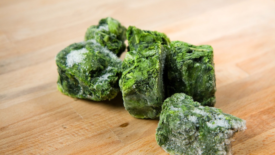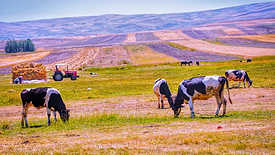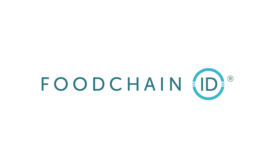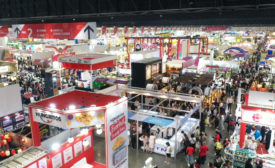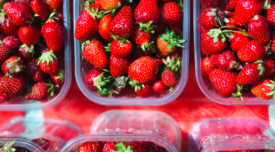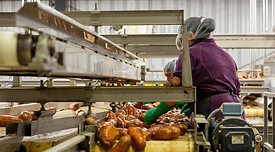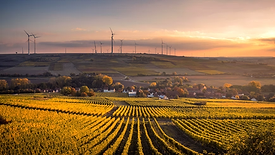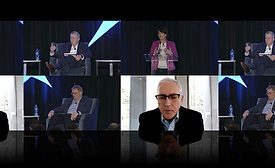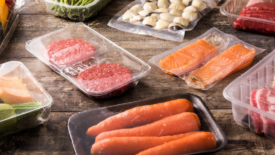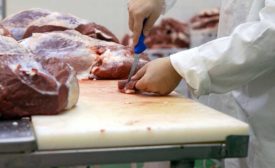Home » Keywords: » sustainability
Items Tagged with 'sustainability'
ARTICLES
White Paper
Beyond Food Experience for Success Beyond at THAIFEX – ANUGA ASIA 2024
April 15, 2024
Risk Culture: How Reducing Complexity Improves the Safety of Consumers, Team Members, and the Company
The way a company approaches its assessment and management of risks has a direct impact on its success
August 7, 2023
Keeping It Clean—Can Sanitizing Be More Sustainable?
When implementing water-saving initiatives or using more environmentally friendly chemicals, care must be taken to avoid compromising hygiene
Anette Granly Koch M.Sc., Ph.D.
Gry Carl Terrell M.Sc.
Freja Lea Lüthje
Rikke Hjort Hansen
Emma Bildsted Petersen
June 12, 2023
EVENTS
Webinar
5/10/23 to 5/10/24
Contact: Vania Halabou
KEYNOTE PRESENTATION: Risk Culture: How to Balance Risks for the Safety of Consumers, Team Members, and the Environment
Webinar
1/25/24 to 1/25/25
Contact: Vania Halabou
Finding the Balance Between Food Safety and Sustainability
Sponsored Webinar
4/17/24 to 4/17/25
Contact: Vania Halabou
Sustainable Wet Sanitation for Equipment Protection: Finding the Right Balance
Get our eMagazine delivered directly to your inbox
Stay in the know on the latest science-based solutions for food safety.
SUBSCRIBE TODAY!Copyright ©2024. All Rights Reserved BNP Media.
Design, CMS, Hosting & Web Development :: ePublishing
